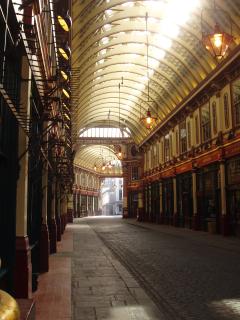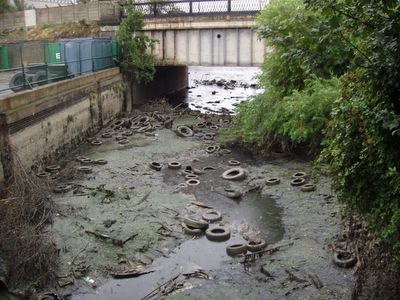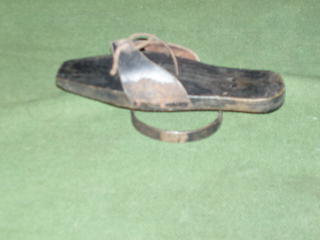
A small group came along for my "INTRODUCTION TO THE CITY" walk last week and once again it proved very popular. It took just over two hours. Halfway round we stopped for a coffee break in Dowgate Hill and it ended with a few drinks in the Crosse Keys pub in Gracechurch Street.
The "INTRODUCTION TO THE CITY" walk started at Fenchurch Street. It has something for everyone. We cover the Great Fire, Samuel Pepys, Sir Christopher Wren, Leadenhall Market (pictured), the Coffee Houses, Charles Dickens, the Royal Exchange, the Bank of England, Mansion House, the Livery Companies, Guildhall and, of course, stop outside some of the churches which have been beautifully restored since WWII.
People are always amazed at the rich heritage and astonishing wealth of history in the narrow streets of the City. Those who have worked for years in this area seemed to have missed so much. The City meant work. People spent a lot of time at their desks, only going out for an hour or two at lunchtime. At the end of the day all they wanted to do was to get away quickly and catch the bus or train home. A few, though, preferred to delay the journey by having a pint or two!
So London, as a City with its rich history and great traditions, often passed them by. But it's never to late to catch up on missed opportunities so time spent on a LONDON FOOTSTEPS walk is well worthwhile.
The character of the City is ever-changing. On weekdays it's crowded; on Saturday it's almost empty.....and that is one of the attractions of a weekend walk. I shall be doing more of these in the future.







